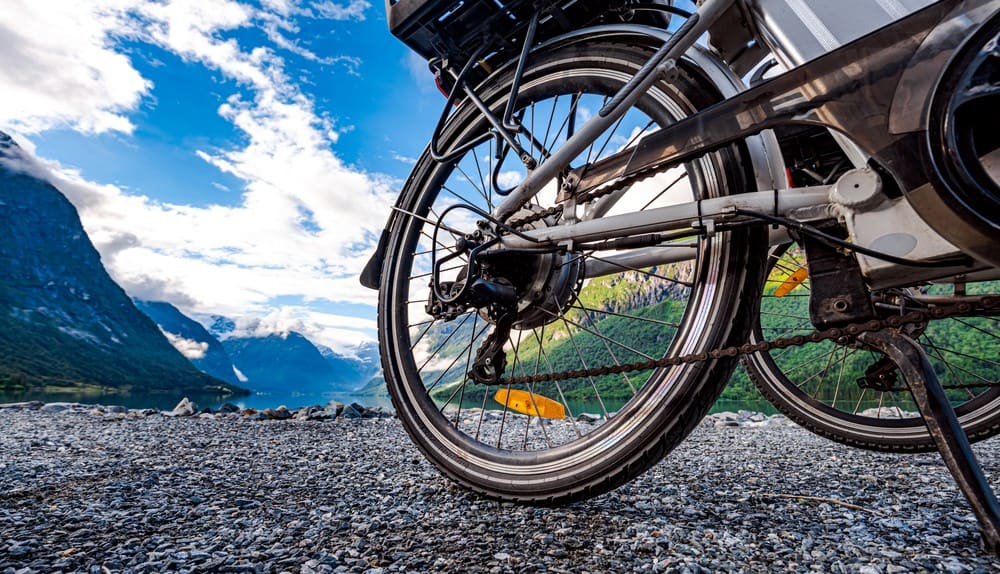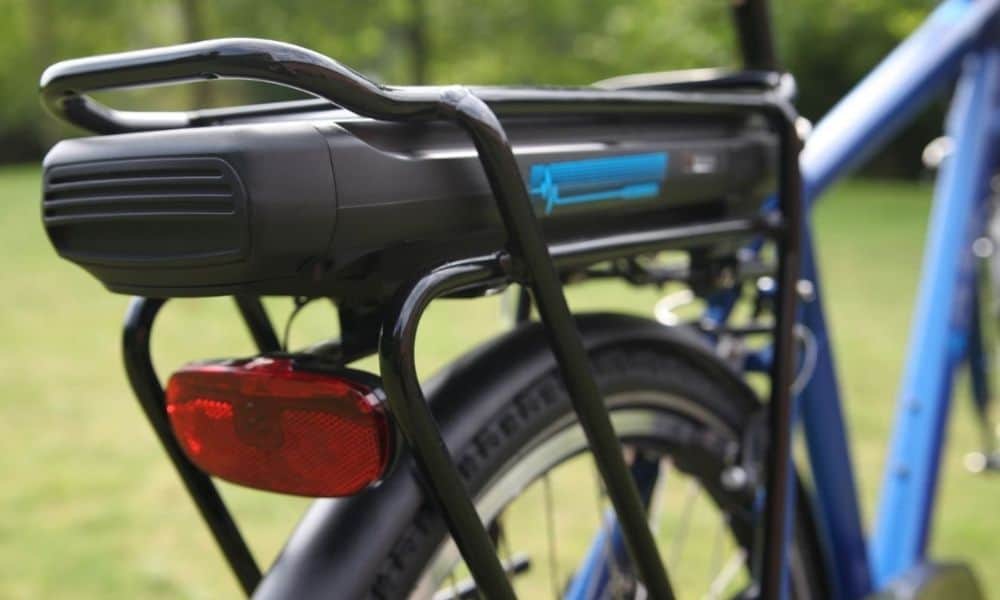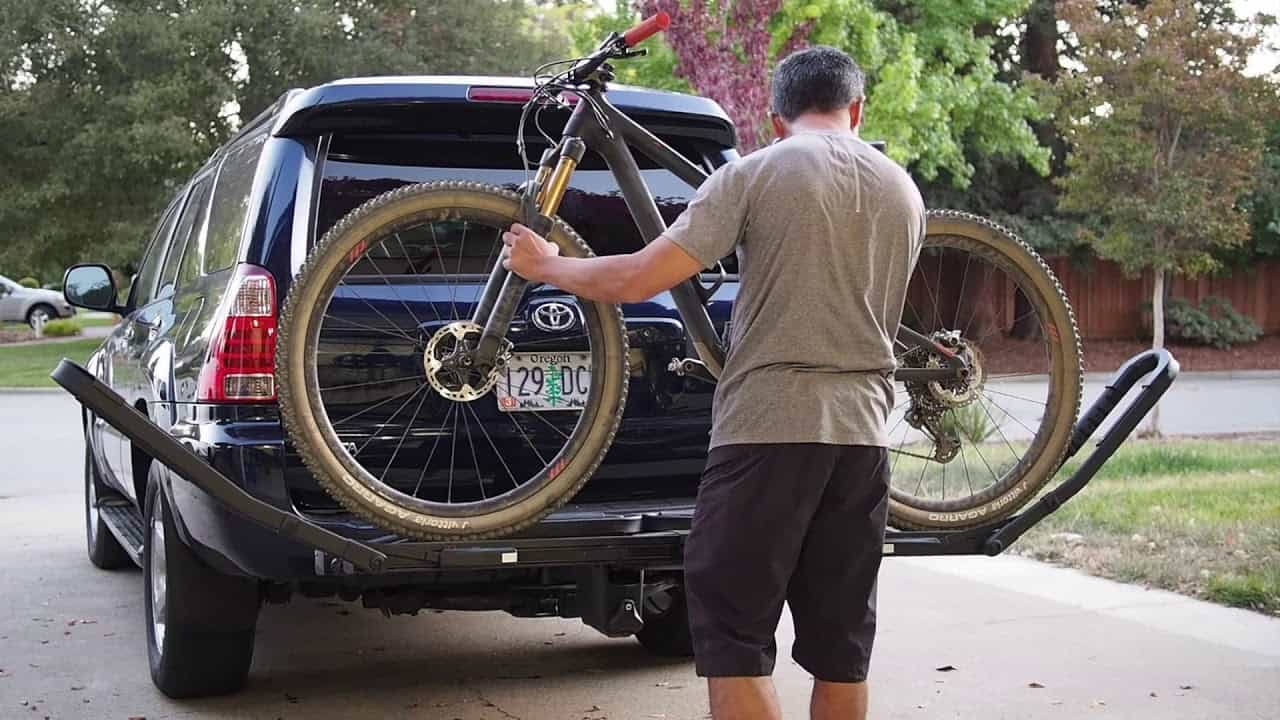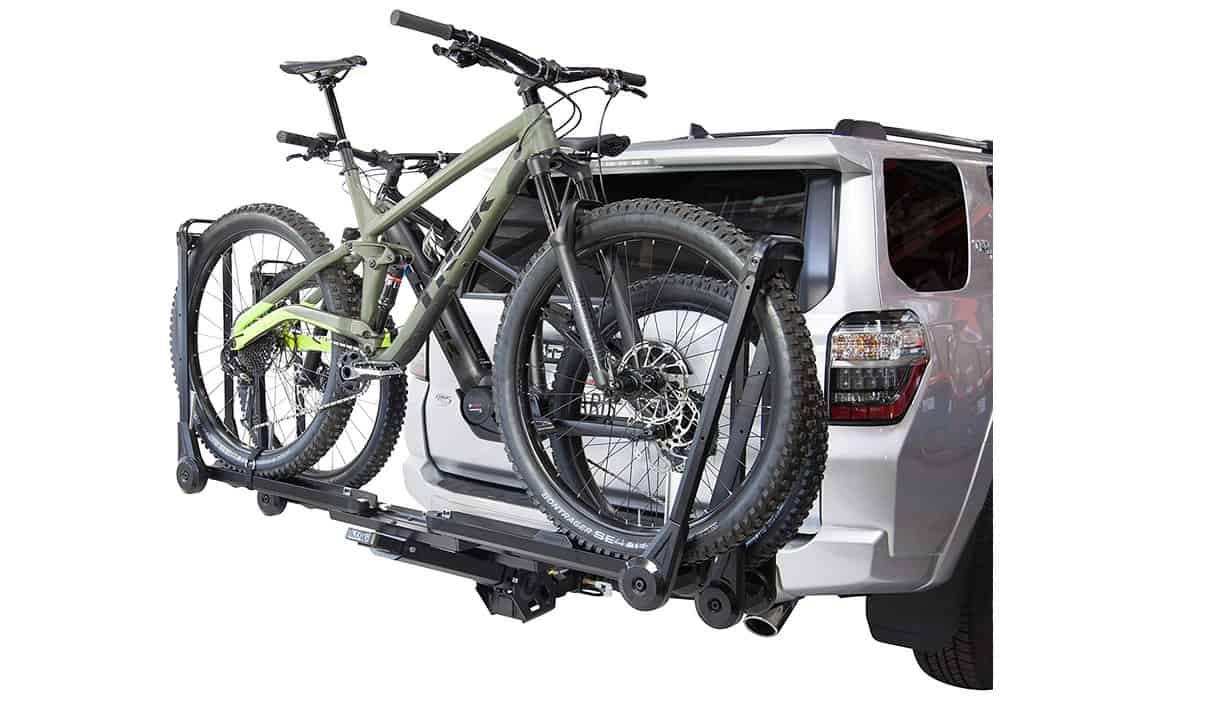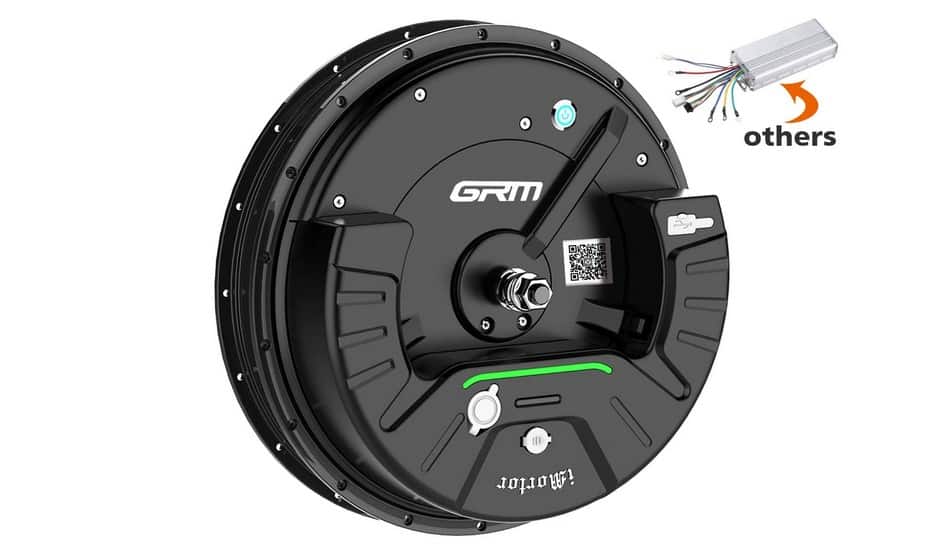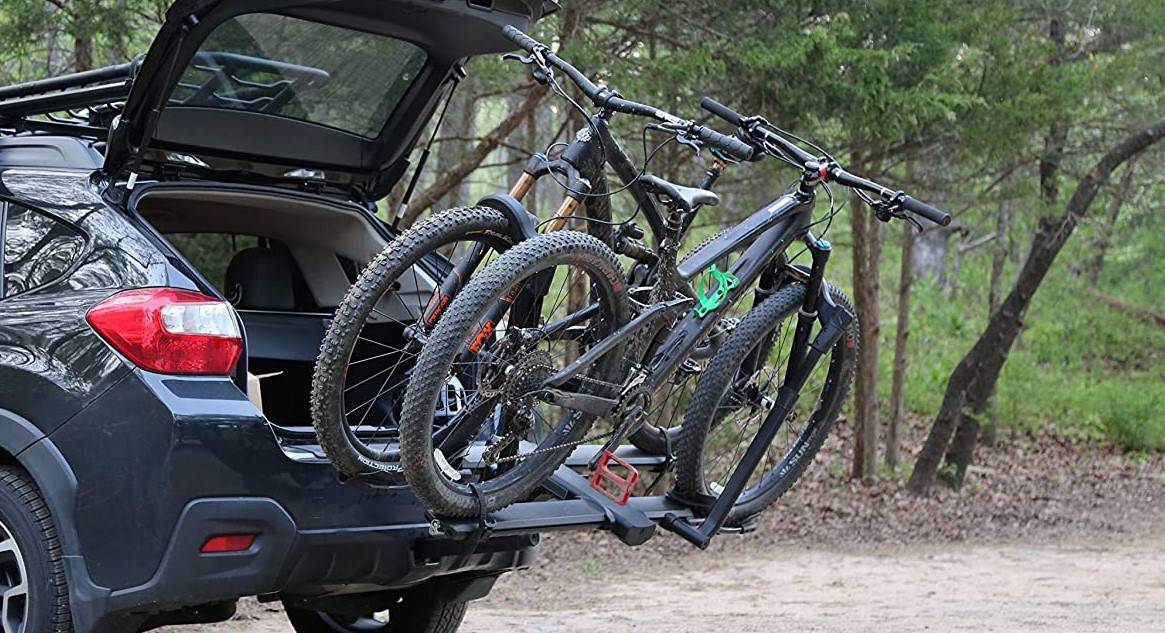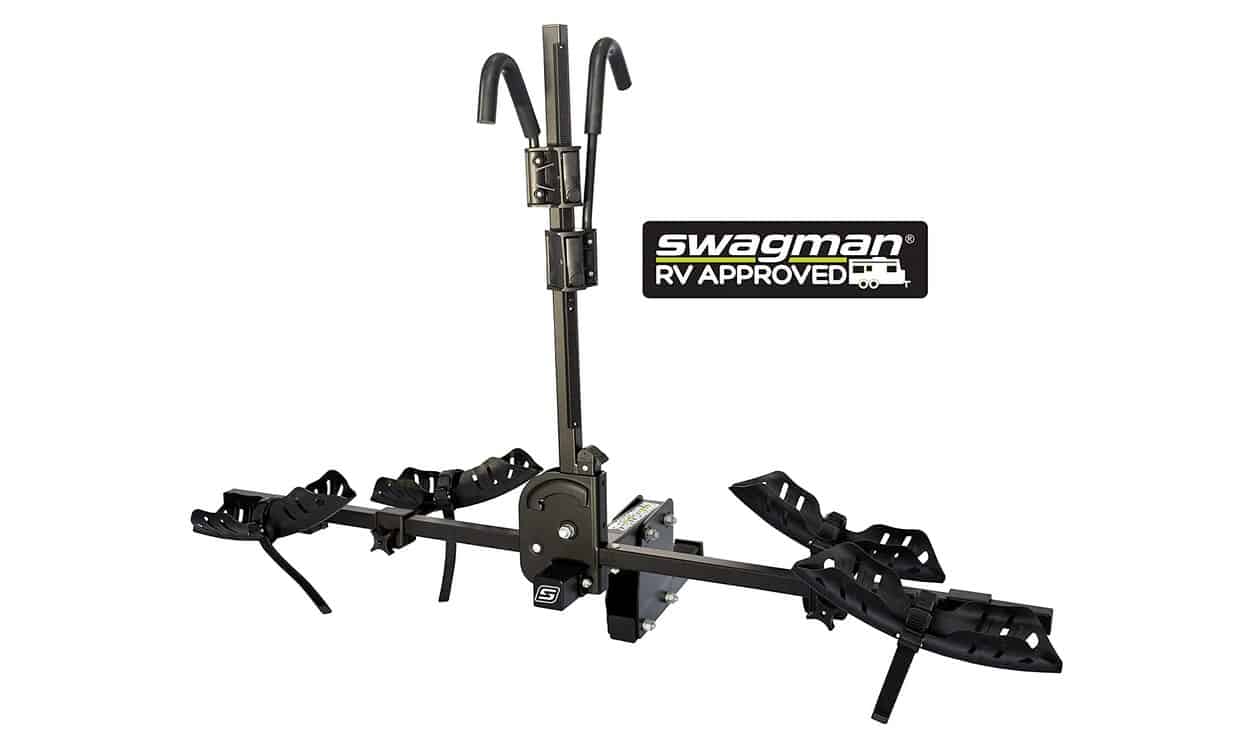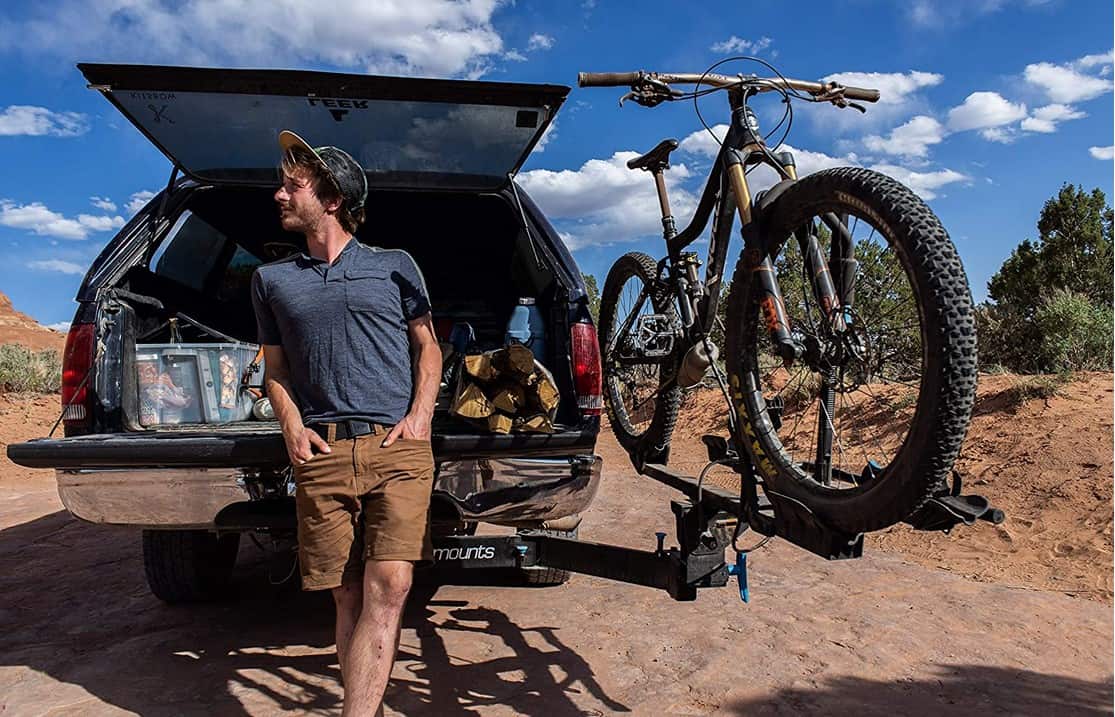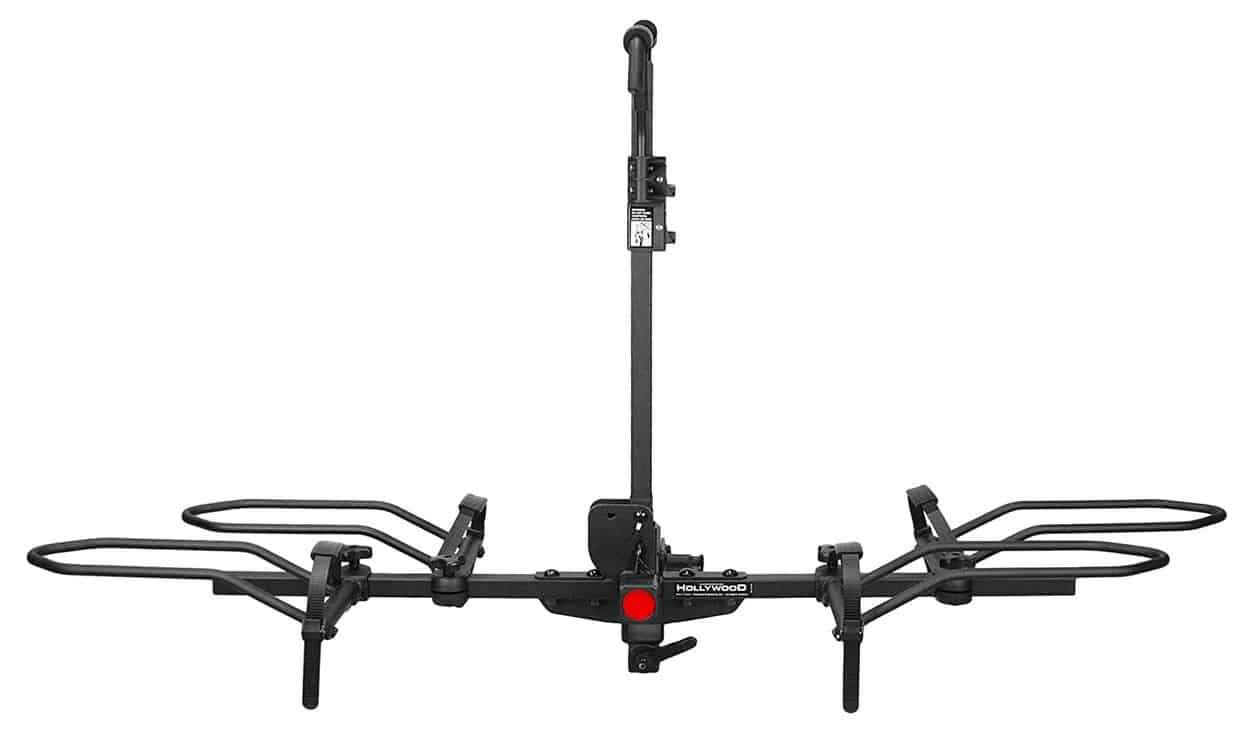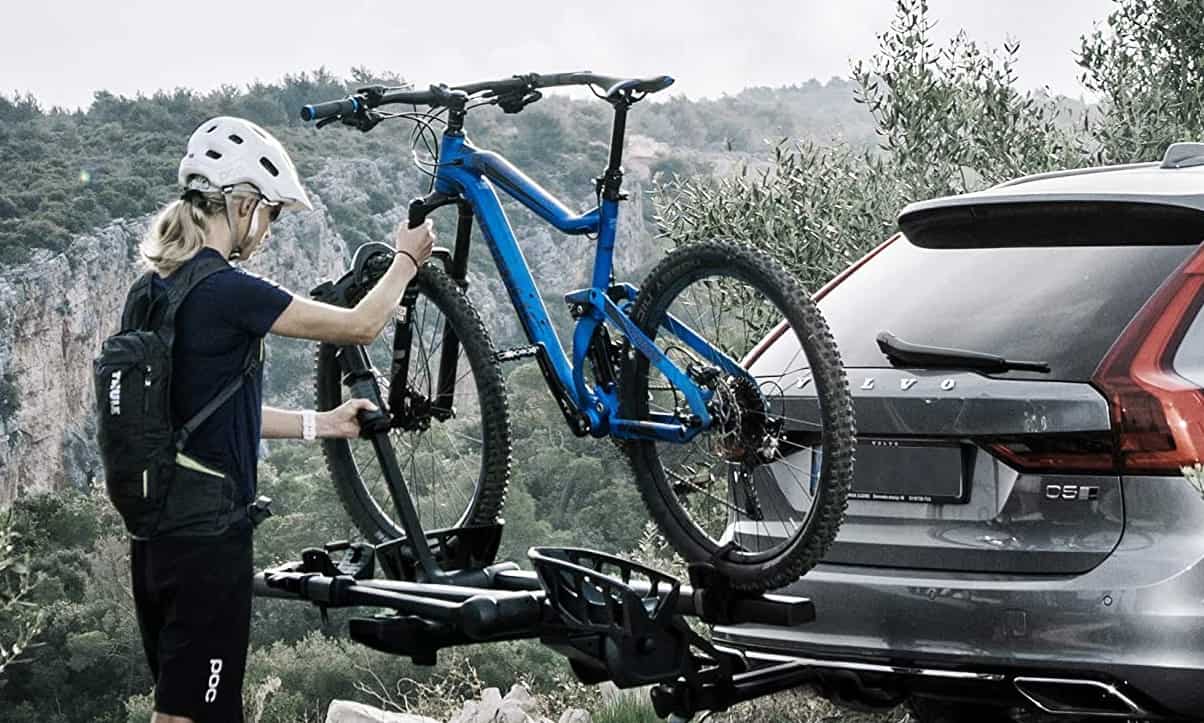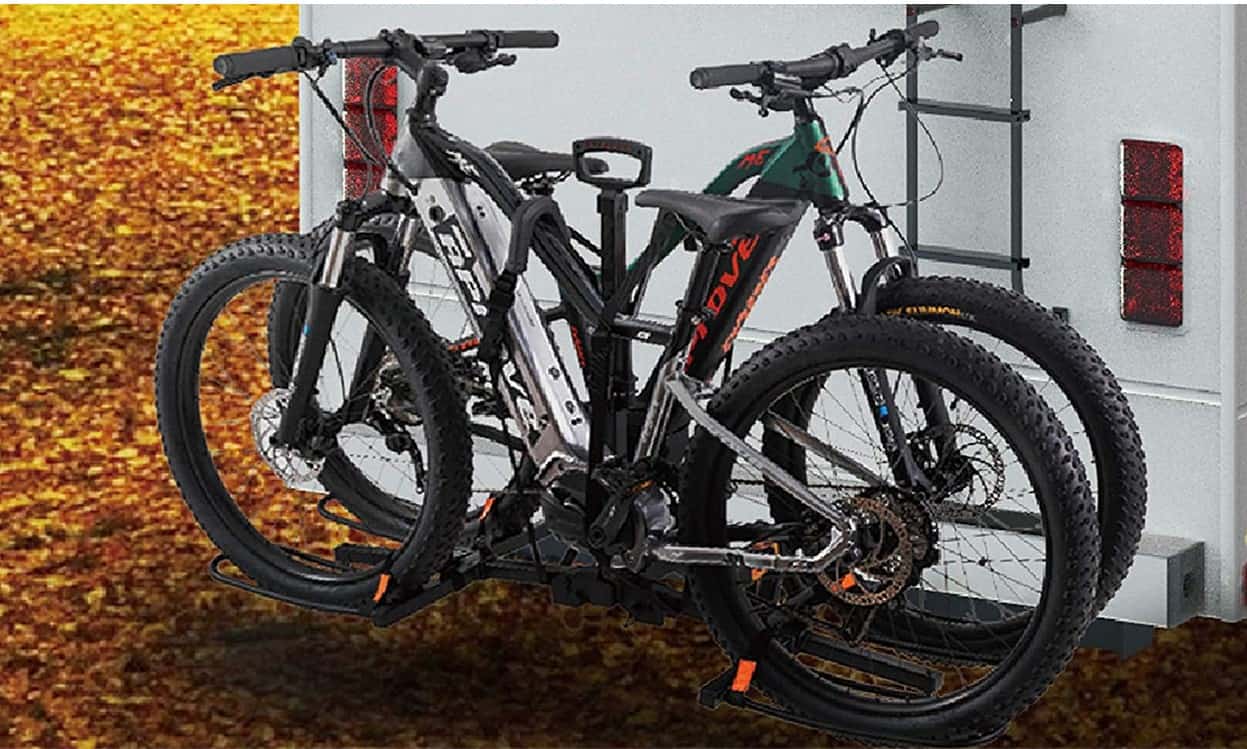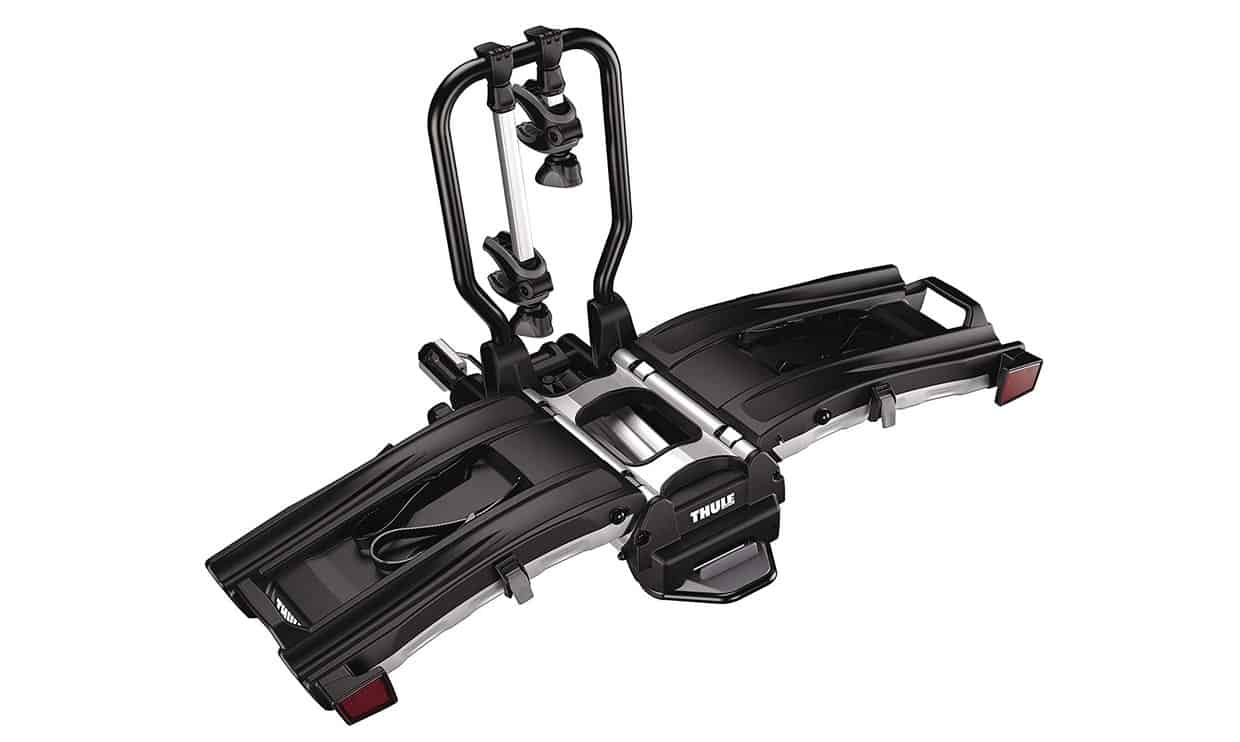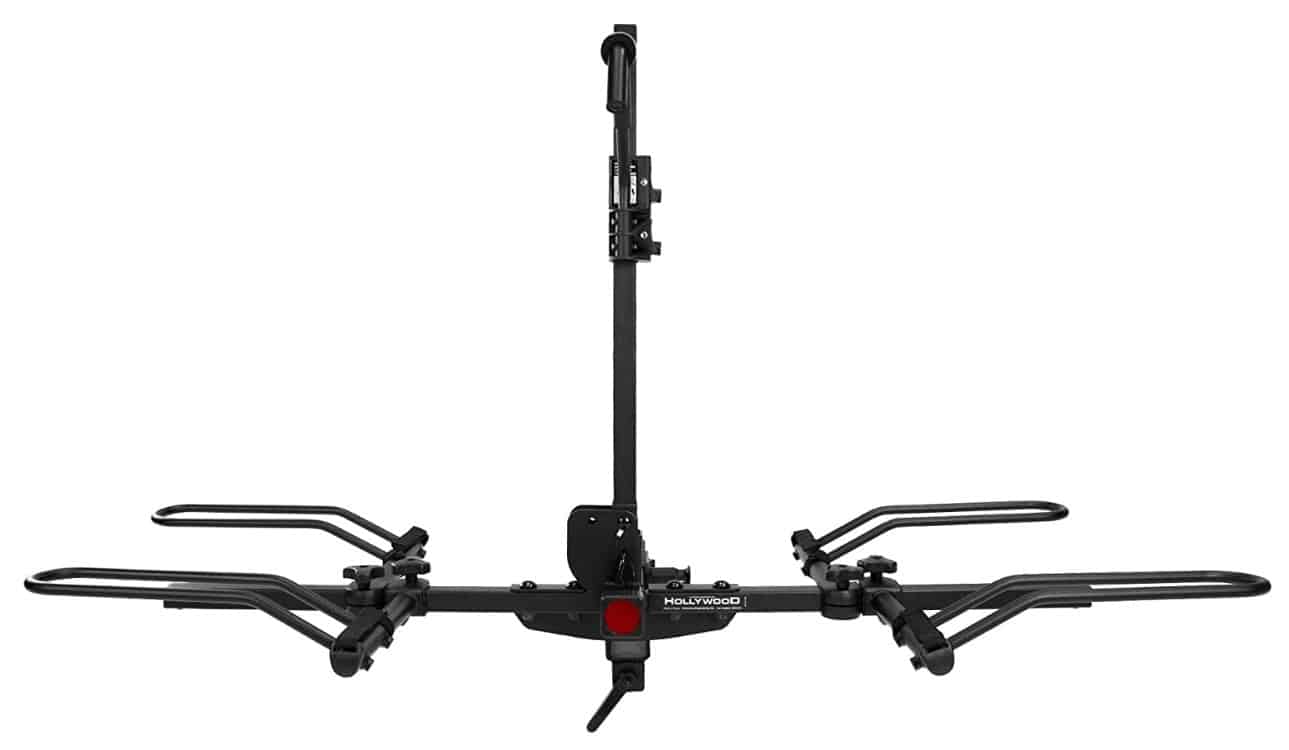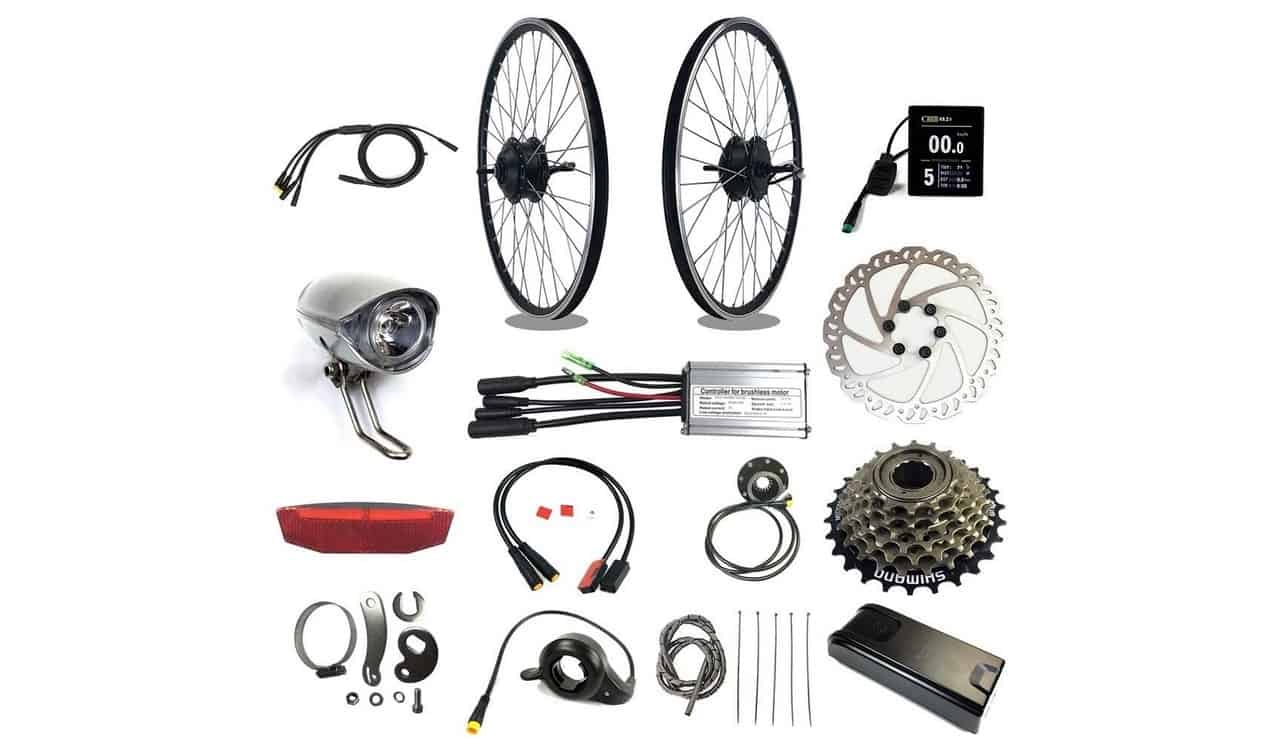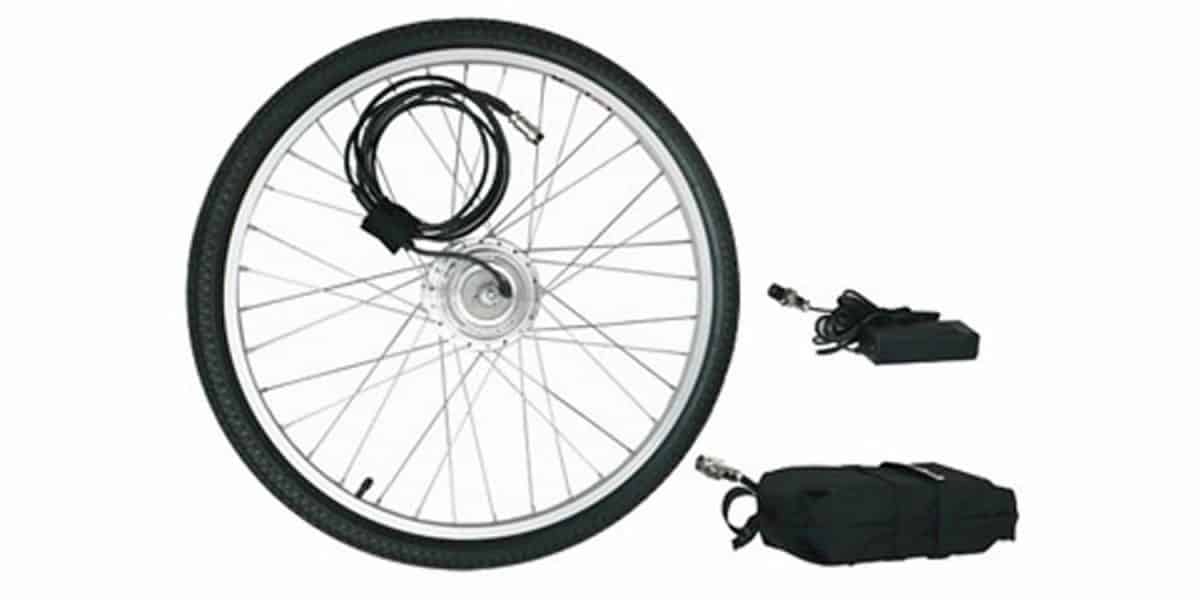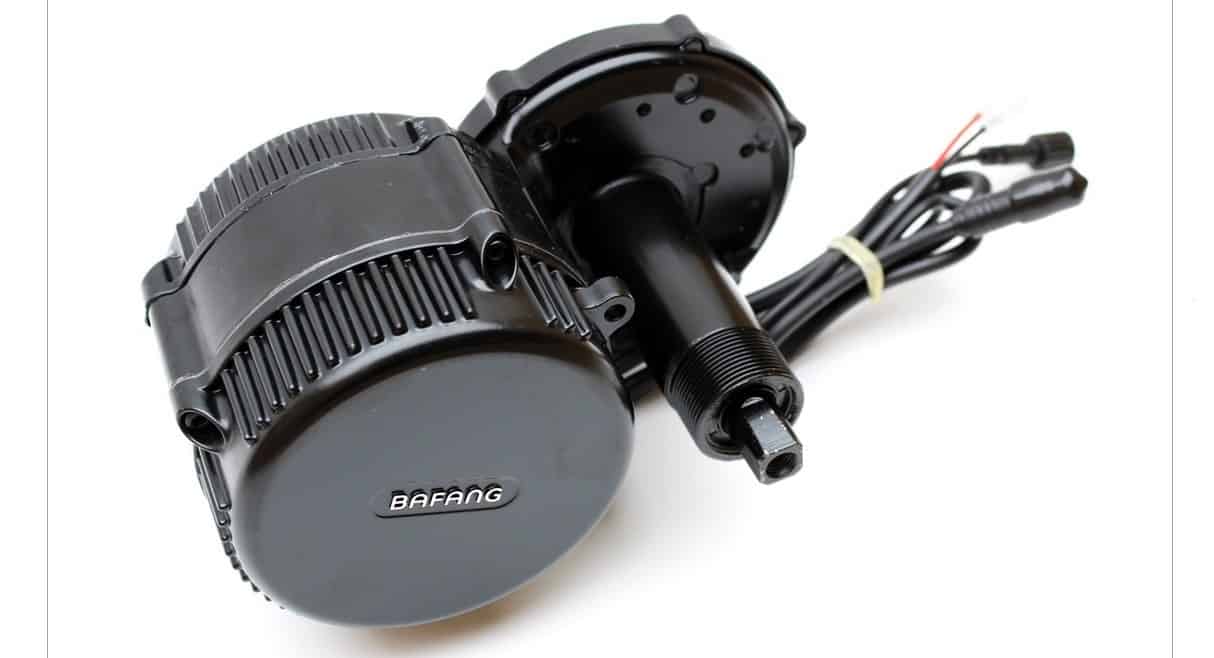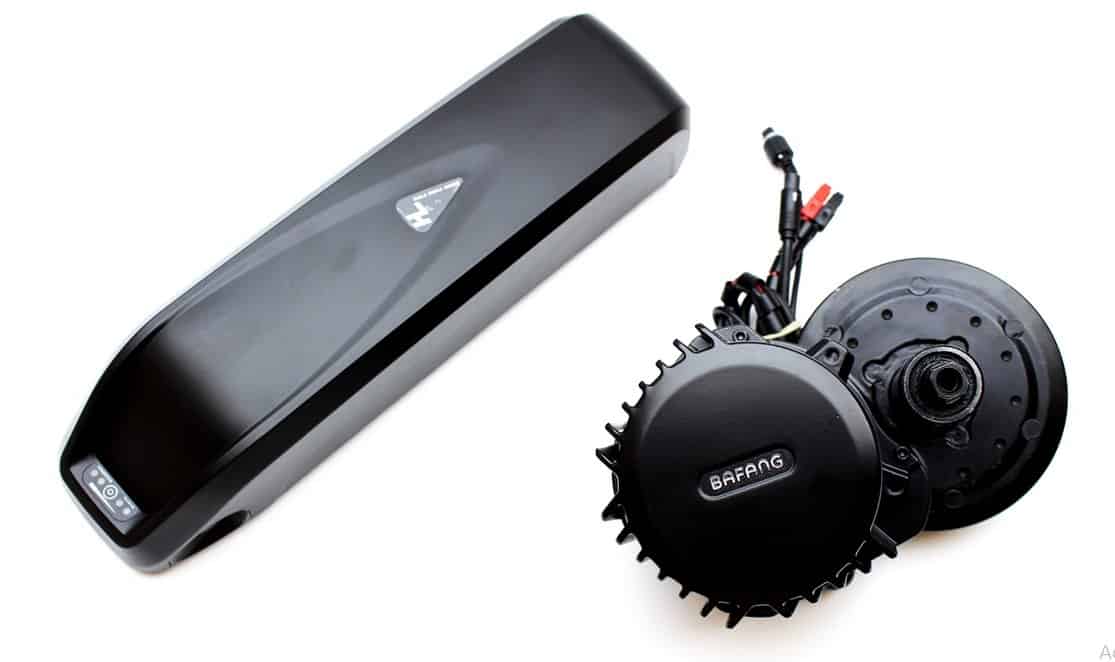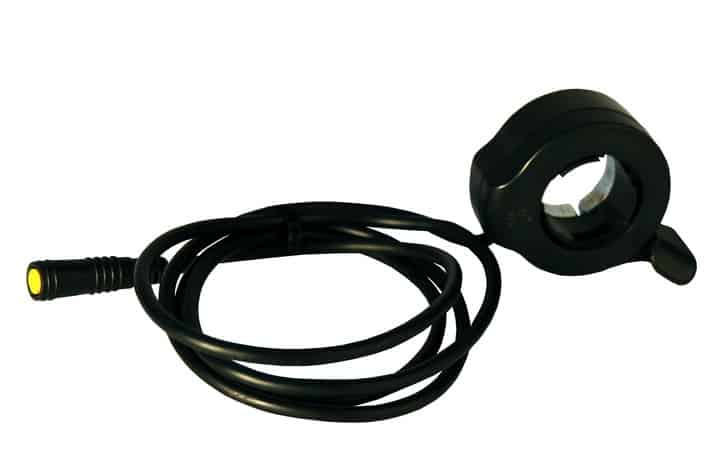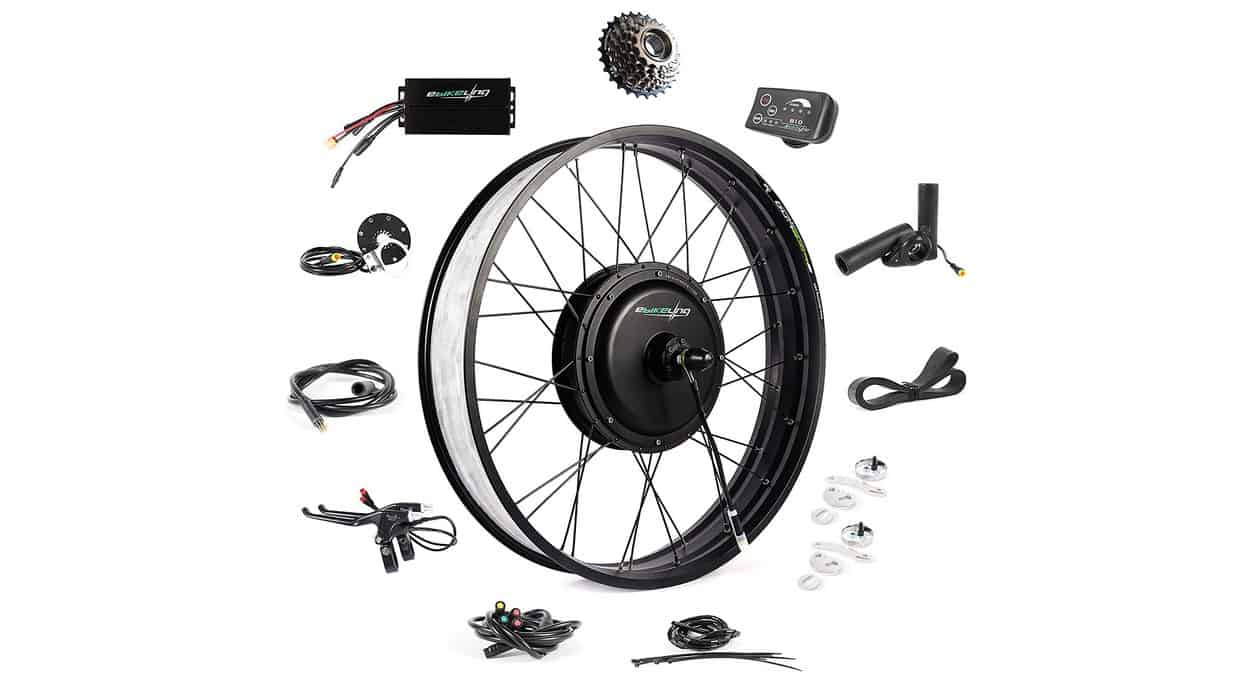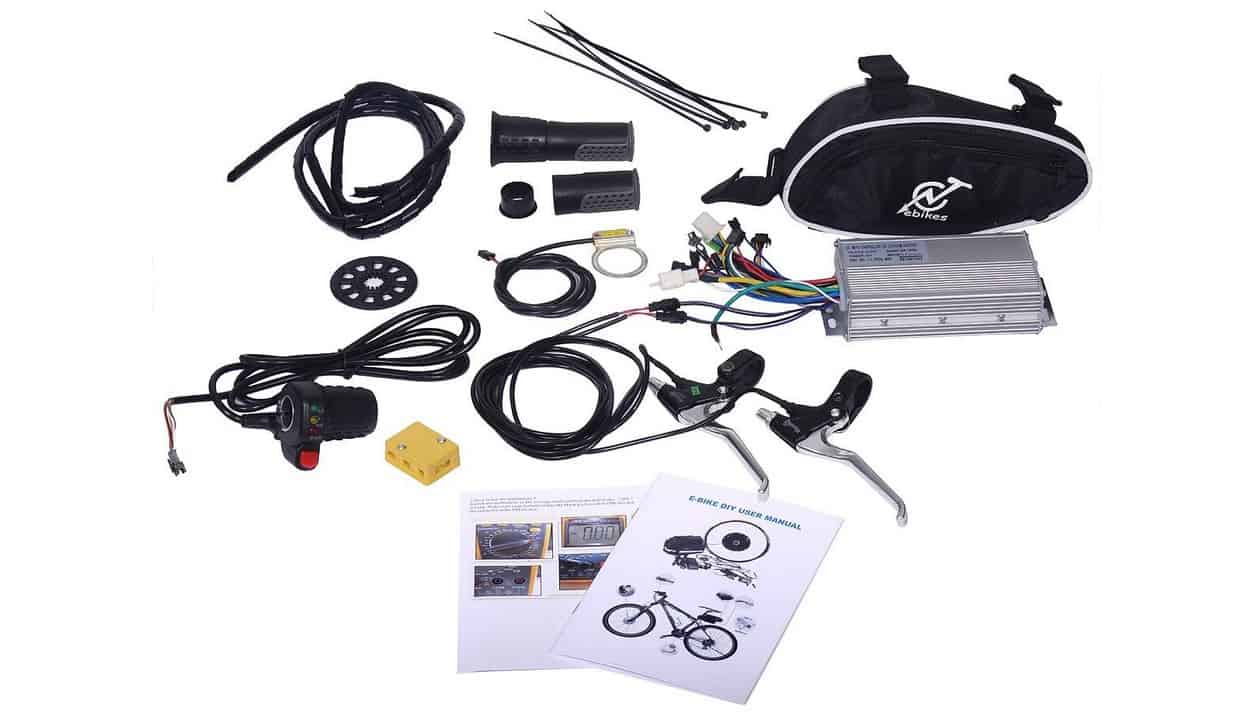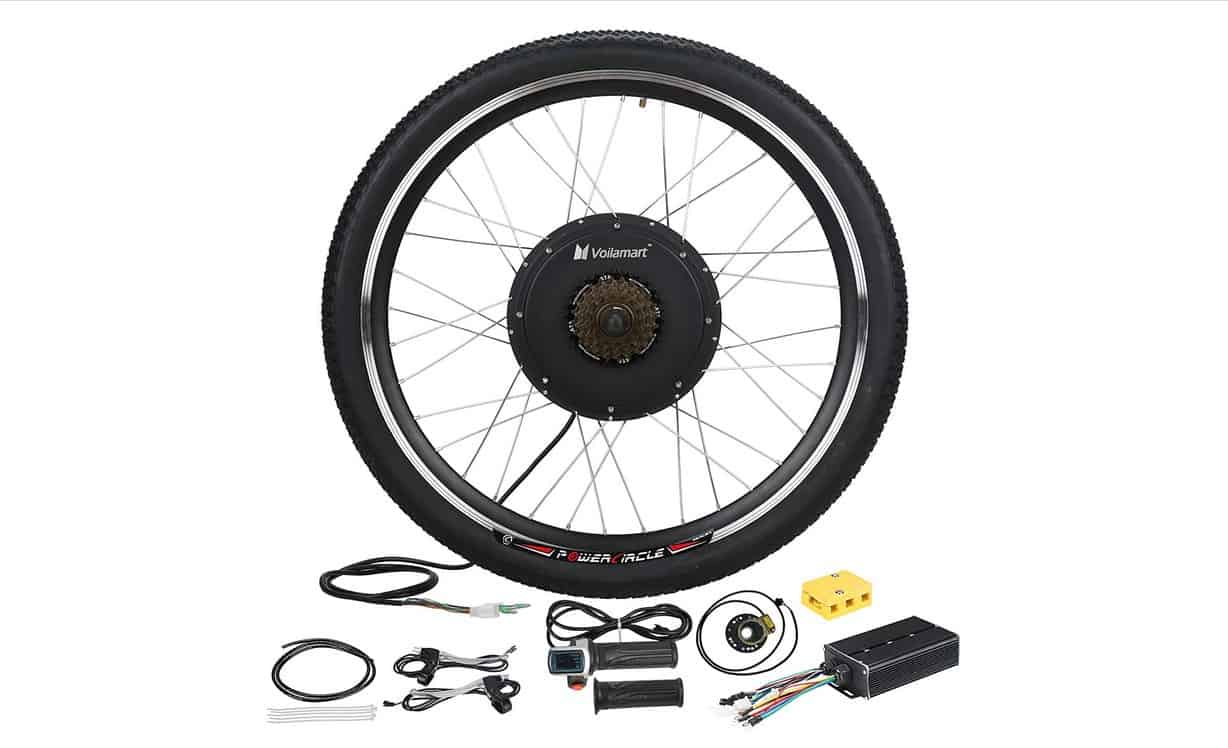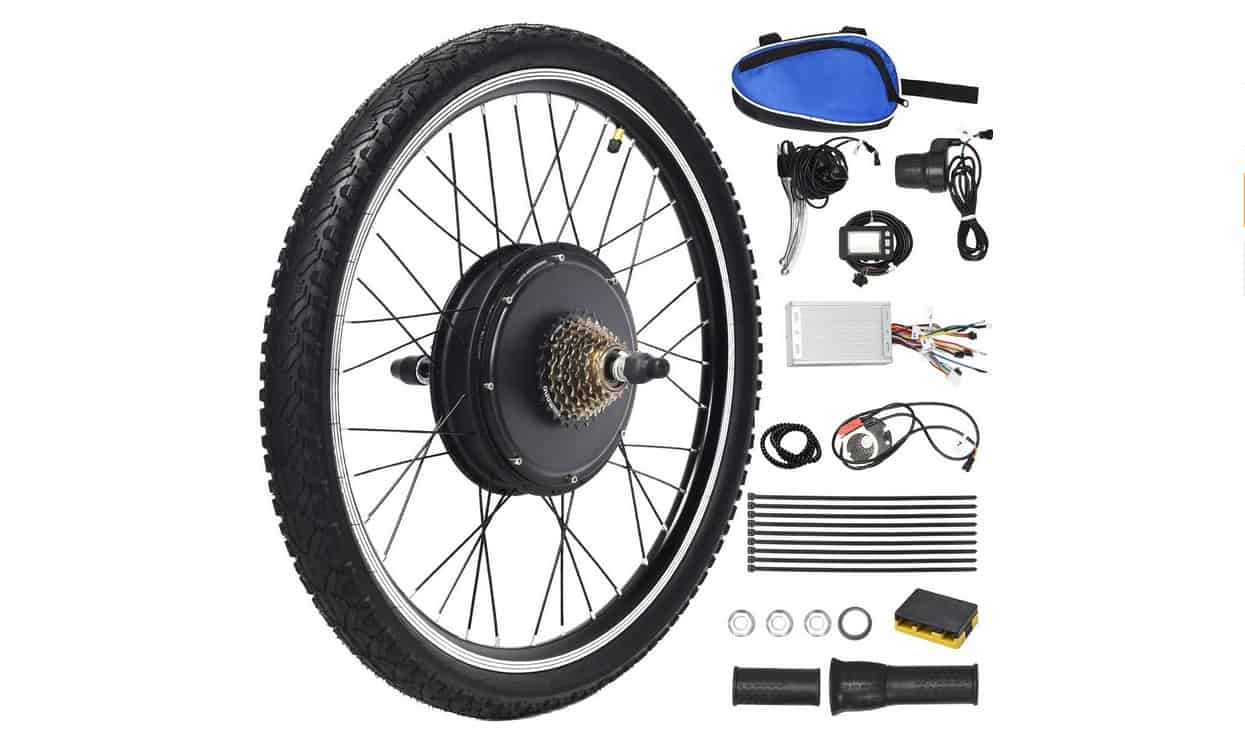Learning how an electric bike motor works can be crucial if you’re looking to customize or purchase an e-bike. It could also help you make an informed decision on which one will be best for you as a rider. The customizability and eco-friendliness of battery-powered electric bicycles is a strong point of appeal, undoubtedly leading to their growing popularity in the US. What motor you choose will have an impact on your overall riding experience. Here, we’ll outline the most common types of e-bike motors.
Key Takeaways:
- The two most common types of e-bike motors are hub and mid-drive.
- Hub motors attach to either the front or rear wheel of the bicycle, using a stationary axel to rotate the whole.
- Mid-drive motors are a more recent innovation and are usually attached to the crankset. They usually rely on at least two batteries.
Types of E-Bike Motors
In general, all electric bike motors work roughly the same, utilizing similar components to achieve similar results. However, they all have their fair share of pros and cons. While there are many e-bike motors, the most common styles are hub motors and mid-drive motors.
Hub Motors
One of the types of electric bike motors is called a hub motor. Hub motors are considered a more “classic” style of e-bike motor and can be organized into front or rear hub, as well as direct-drive or gear.
What They Are
Hub motors are mounted directly onto one of the wheels of an electric bicycle. The axle of the wheel itself acts as the axle of the motor. In a front-mounted hub, this placement provides the added convenience of the drivetrain and motor system being independent of each other, making for easier maintenance. These motors are accessible for many different types of bikes with varying drivetrains. On the other hand, Rear hub motors may have a more natural feel to those used to riding a traditional bike, as the weight distribution will keep the front wheels from sliding or skidding, as is sometimes common with front hub configurations.
How Electric Bike Hub Motors Work
Directly inside the hub motor, you’ll find the stator in the form of several copper windings wrapped around a series of spokes. An electric current is drawn in from the battery into the wires via the motor controller, turning the stator into an electromagnet. The rotor, composed of a ring of permanent magnets, generates torque when the stator’s electromagnet causes the rotor to spin. When mounted on the stationary axle, that rotation provides the needed propulsion. Rear hub motors, in particular, have the capacity for 750+ watts of power.
Tip: When mounted on the stationary axle, that rotation provides the needed propulsion
Direct-Drive Hub Motors vs Gear Hub Motors
Further splitting the category, hub motors come in two subtypes: direct-drive and gear. The difference between direct-drive and gear hub motors in an electric bike comes down to their internal composition. Most modern electric bikes are of the direct-drive variety, utilizing a battery to power the series of magnets, as detailed above. Only limited by how fast the rider can pedal, direct-drive motors have a high-speed potential. Direct-drive motors are durable since there is only one active moving part instead of a collection of gears. However, since direct drives tend to be larger, this can lead to a heavier construction overall, which may be disadvantageous to those seeking a more lightweight ride, especially in terms of easy pedaling.
Internal gear hubs employ a sophisticated arrangement of interconnected gears that turn using a much smaller battery-operated mechanism. It is a complex arrangement, but the compact size still supplies plenty of power and acceleration, especially over inclines and uneven terrain. The internal freewheel keeps the gears from spinning completely out of control, keeping RPM at a manageable level. Over time, there is the threat of wear and tear on the gear systems, which will require additional maintenance. Because they place more emphasis on torque, geared motors cannot achieve the same speeds as direct-drive.
Mid-Drive Motors
Mid-drives are the second most common type of e-bike motors. They are newer to the electric bike scene and tend to run at slightly higher price points, due to the inclusion of complex sensor systems.
What They Are
Mid-Drive motors are a type of electric bike motor that directly involves the bike’s drivetrain, usually fixed between the two pedals at the crankset. Since it does intertwine so closely with the bicycle’s anatomy, an electric bicycle that uses a mid-drive system will need to be designed with the motor in mind. However, if you’re building your bike from scratch, this can create a unique ride customized to your needs. Often powered by more than one battery, mid-drives will also provide more ride time per charge. Mid-drive motors are fixed at the bike’s center of gravity, alleviating the balance issues with hub placements.
How Mid-Drive Motors Work in an Electric Bike
A mid-drive motor works similarly to a hub motor in that two rings of magnets repel each other, causing the rotor to spin. However, a mid-drive motor contains a spinning shaft that generates torque instead of the rotor itself, thus producing the pedal-assist that riders look for in electric bikes. This type of motor also contains a gear-reduction system, similar to geared hub motors. An internal sensor system will gauge potential gear shifts, powering the motor off to avoid excess pressure on the chain, preventing breakage.
STAT:
The majority of North American and European bicycle manufacturers have shifted from hub-drive to mid-drives. (www.bosch-ebike.com)
Sources:
*https://www.youtube.com/watch?v=vnBVXULCjSY&ab_channel=BlueMonkeyBicycles
https://www.ebikekit.com/blogs/news/electric-bike-motor-introduction
https://en.wikipedia.org/wiki/Wheel_hub_motor
https://digitalcommons.calpoly.edu/cgi/viewcontent.cgi?article=1043&context=eesp
https://www.juicedbikes.com/blogs/news/electric-bike-motors-explained
https://en.wikipedia.org/wiki/Wheel_hub_motor

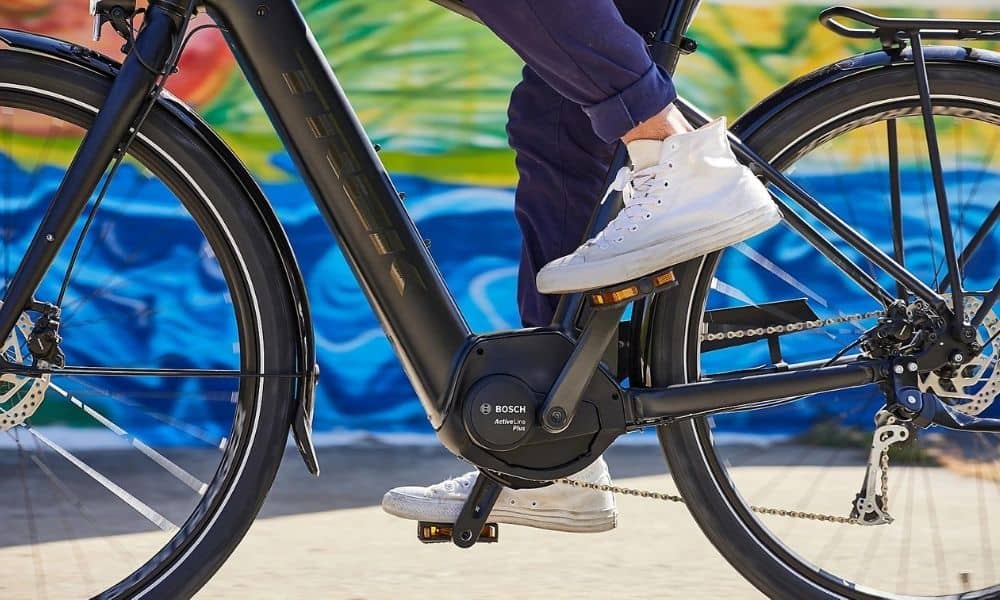














![Best Batteries for Electric Bikes in [year] 7 Best Batteries for Electric Bikes in 2025](https://www.gadgetreview.dev/wp-content/uploads/best-battery-for-electric-bike.jpeg)
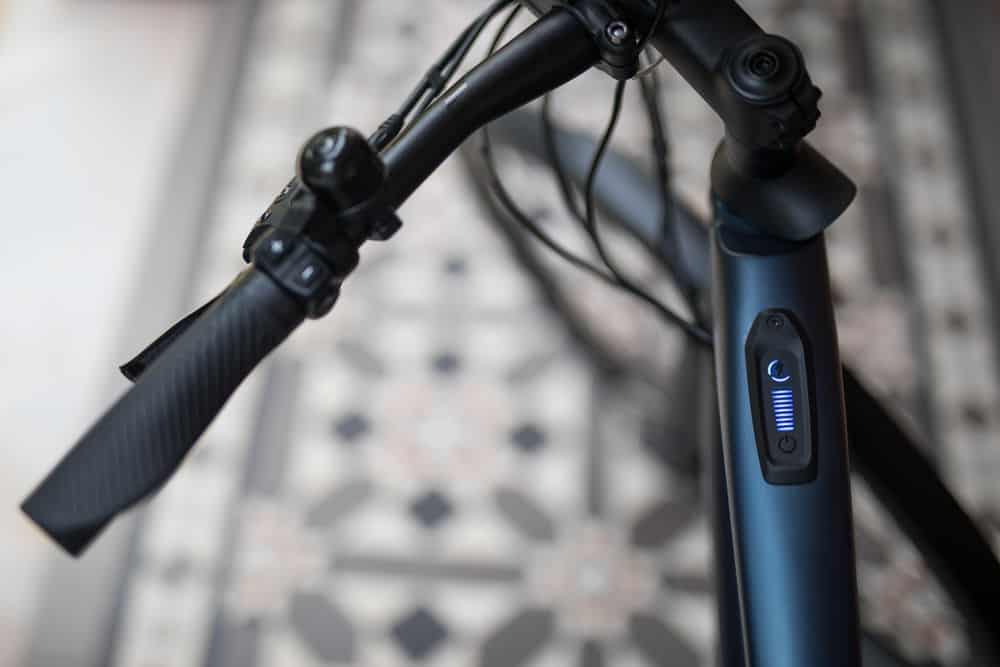
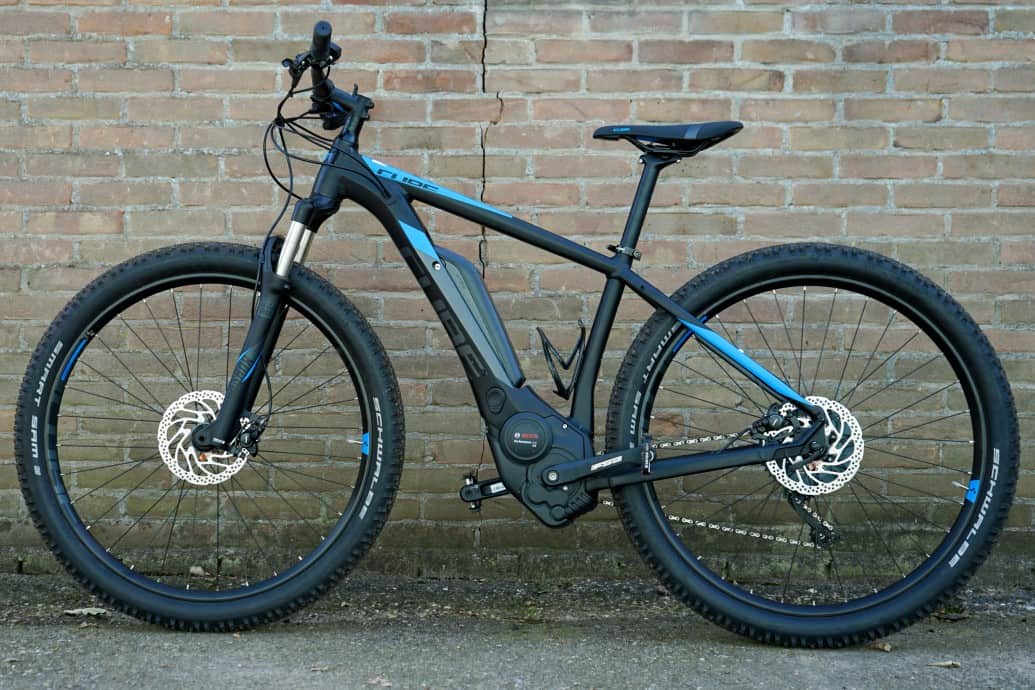
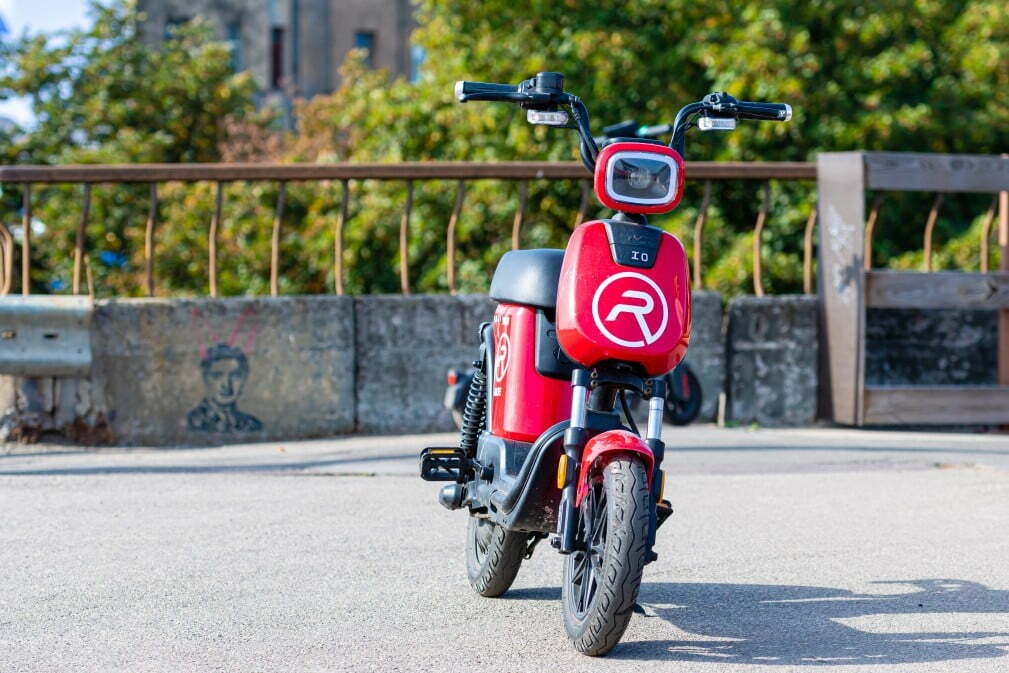
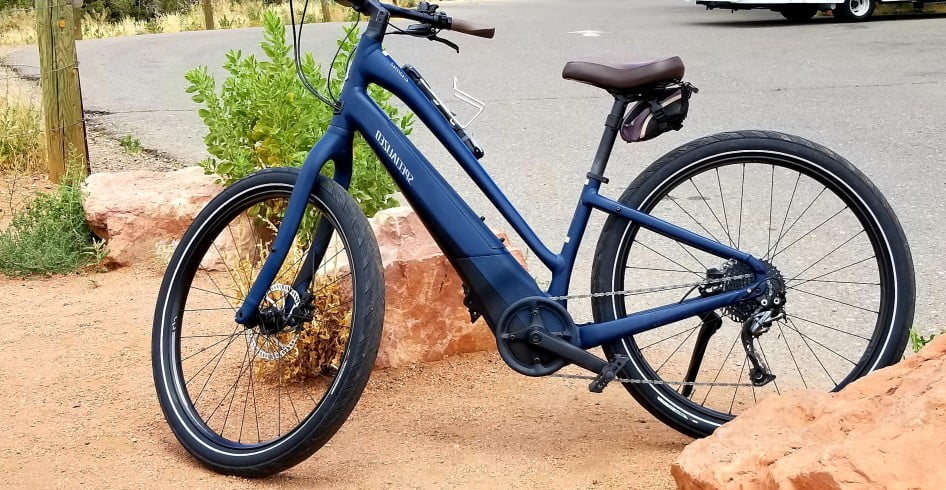
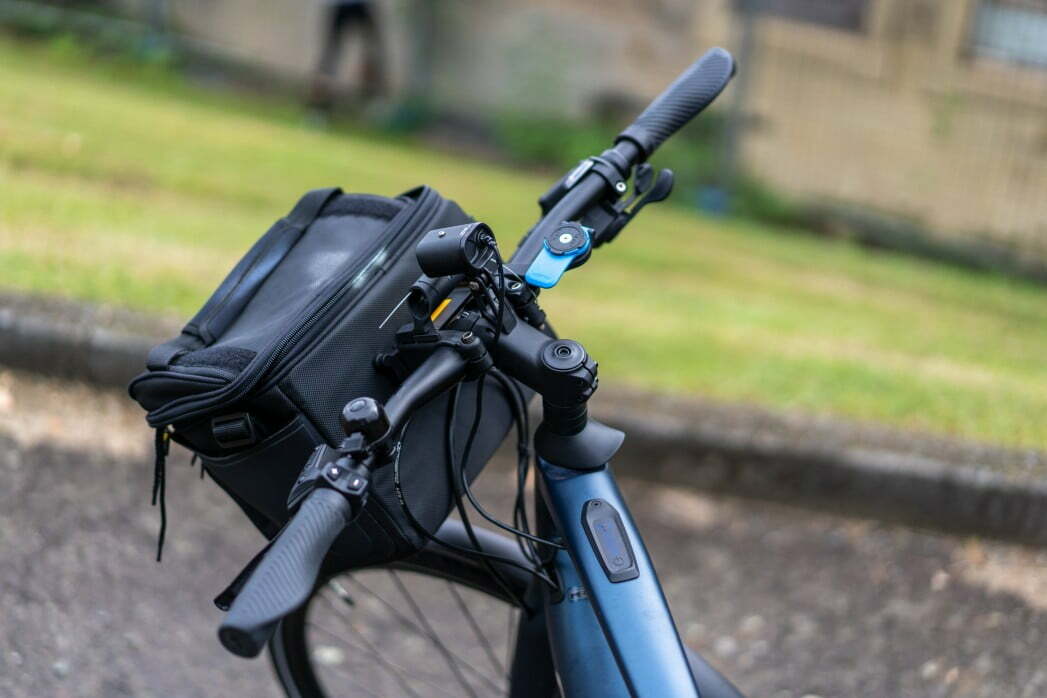
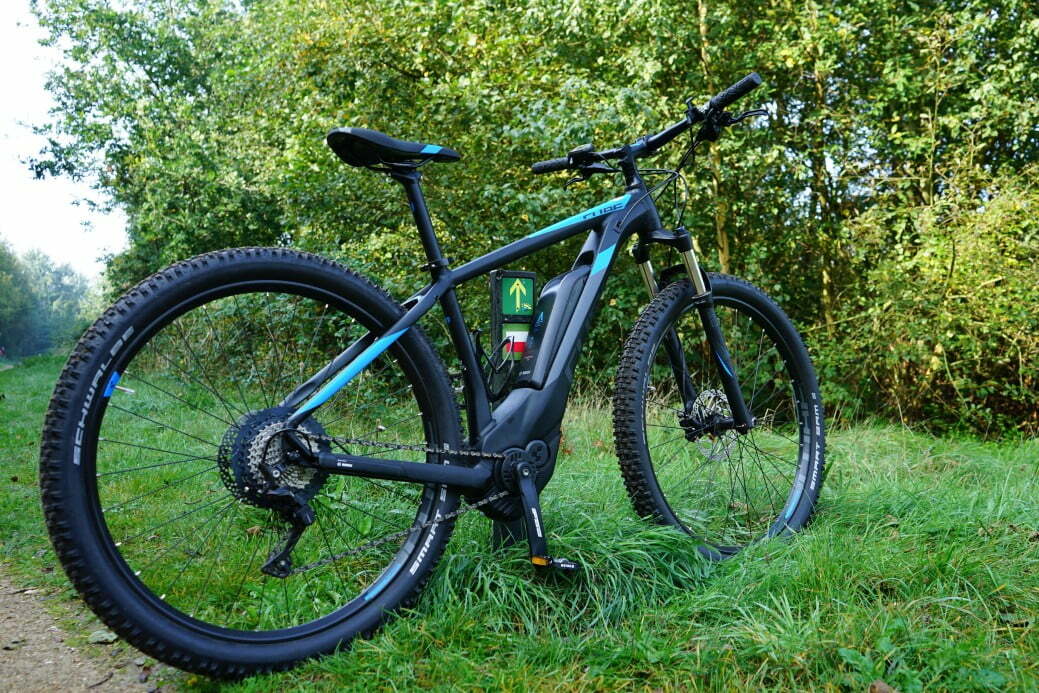
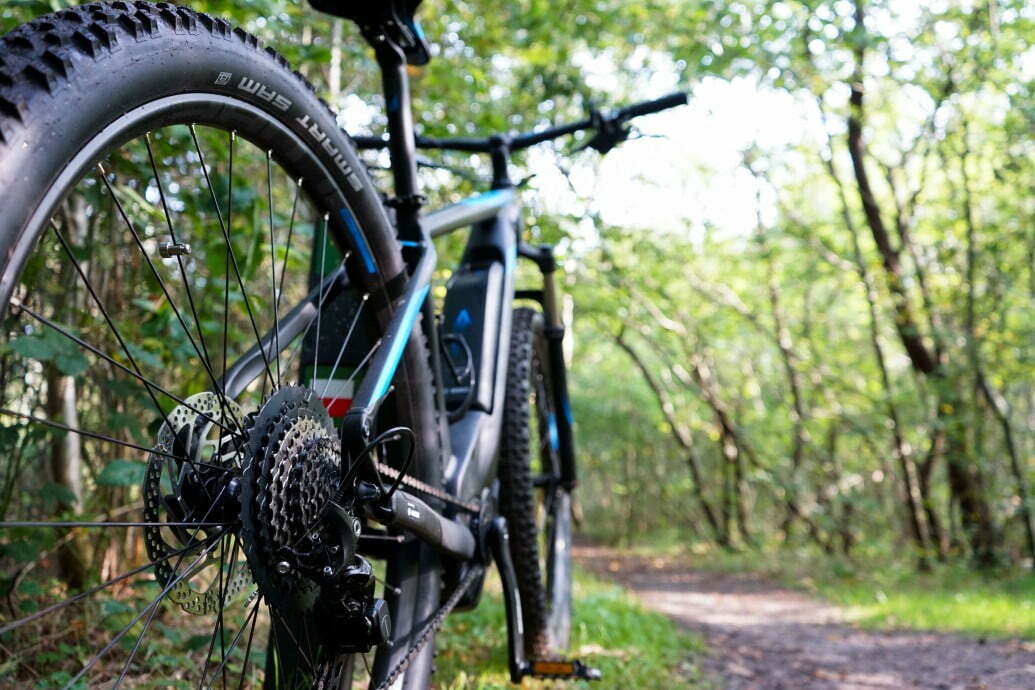
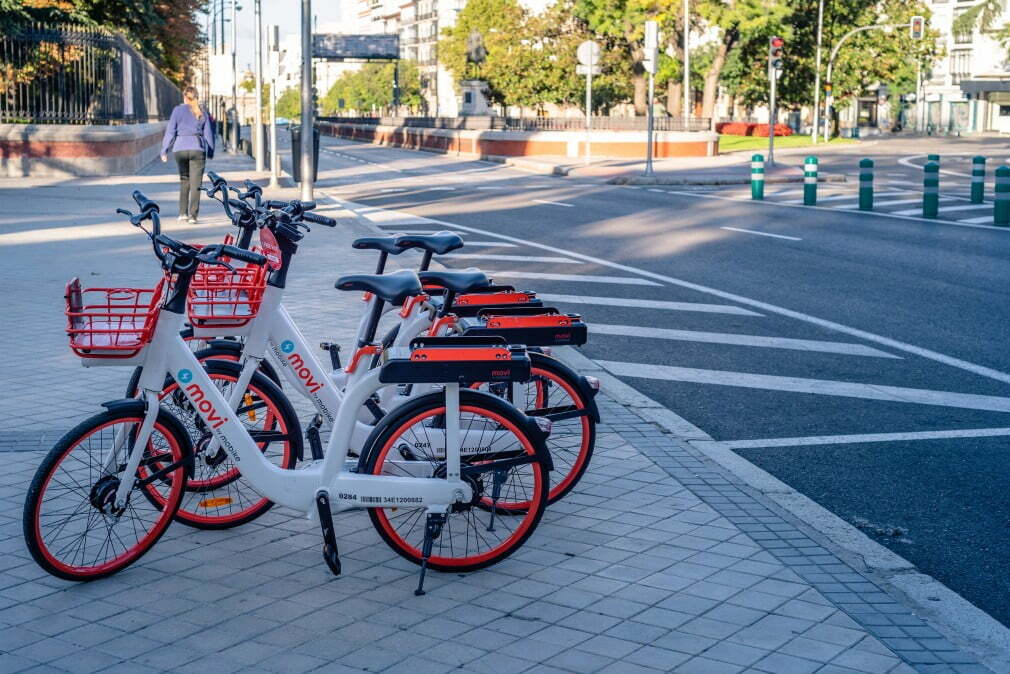
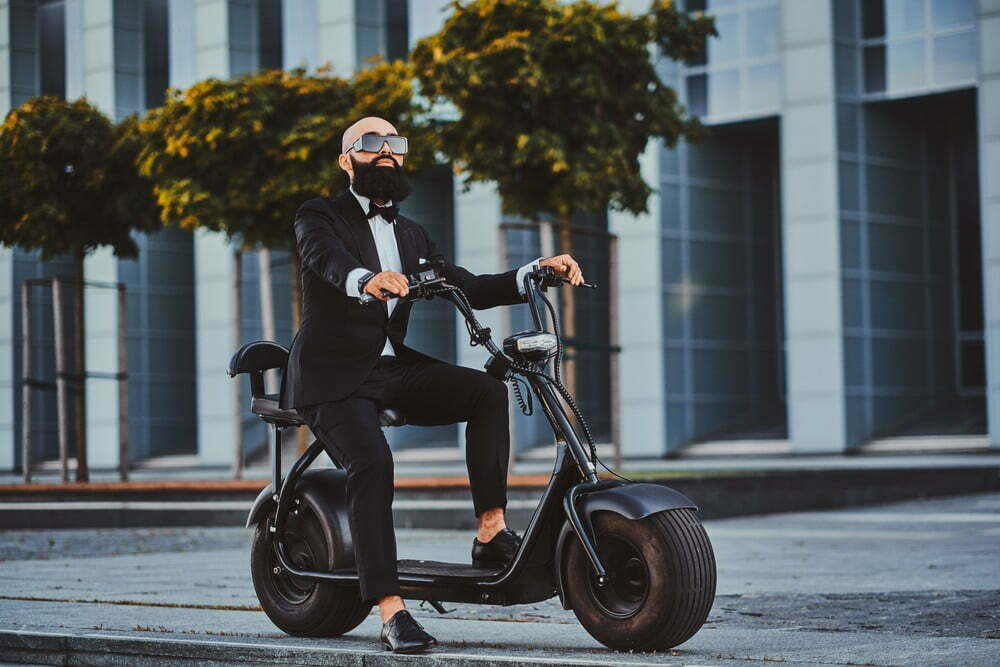
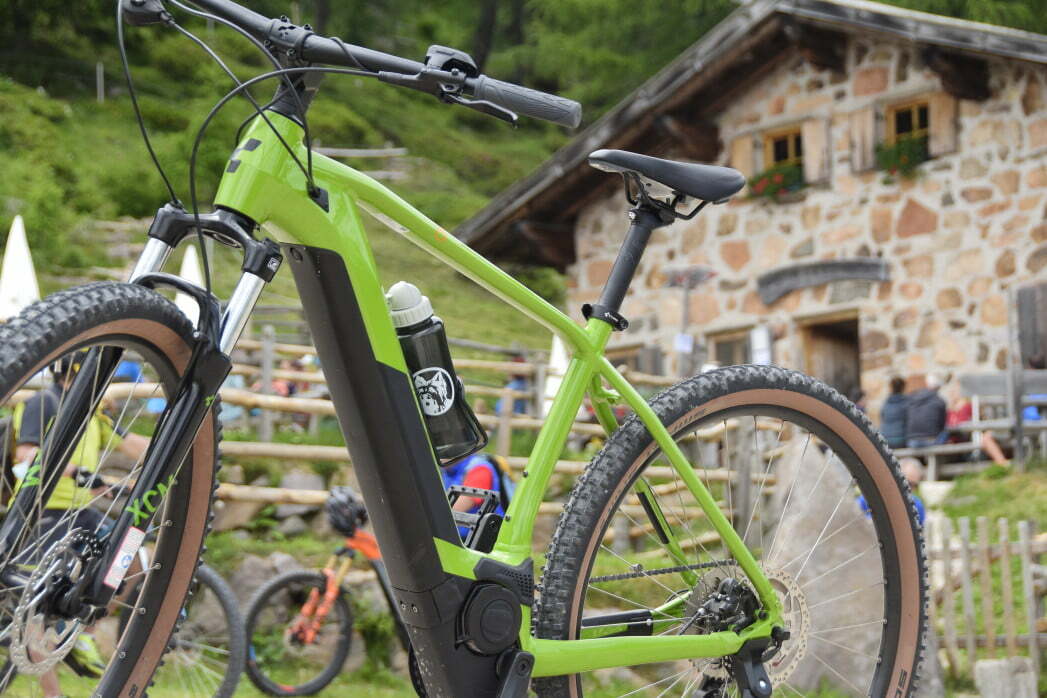
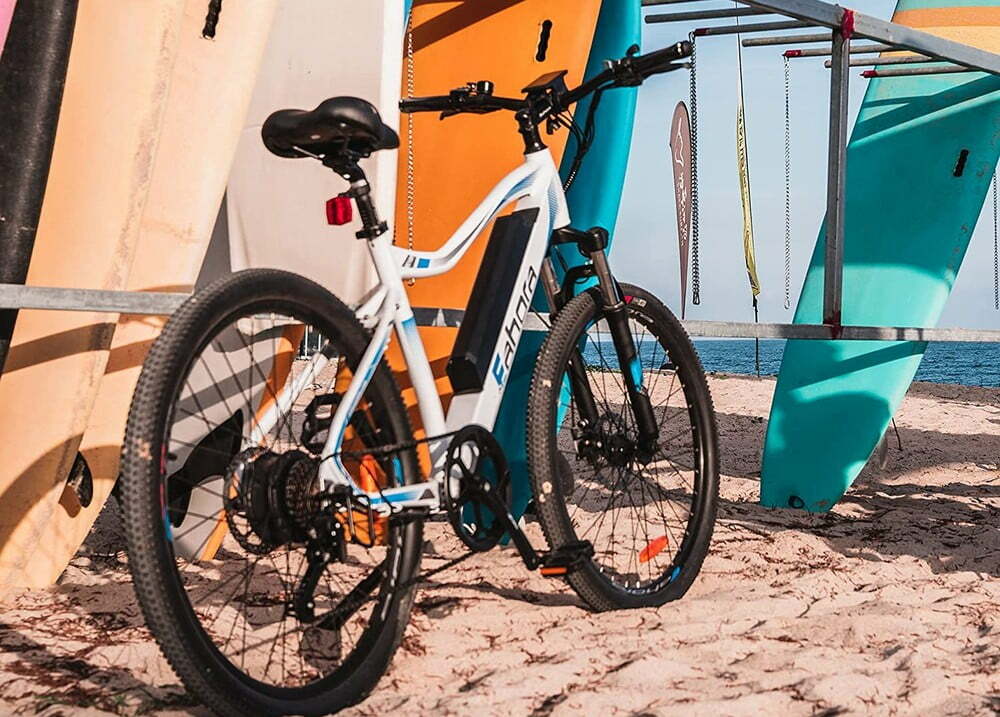
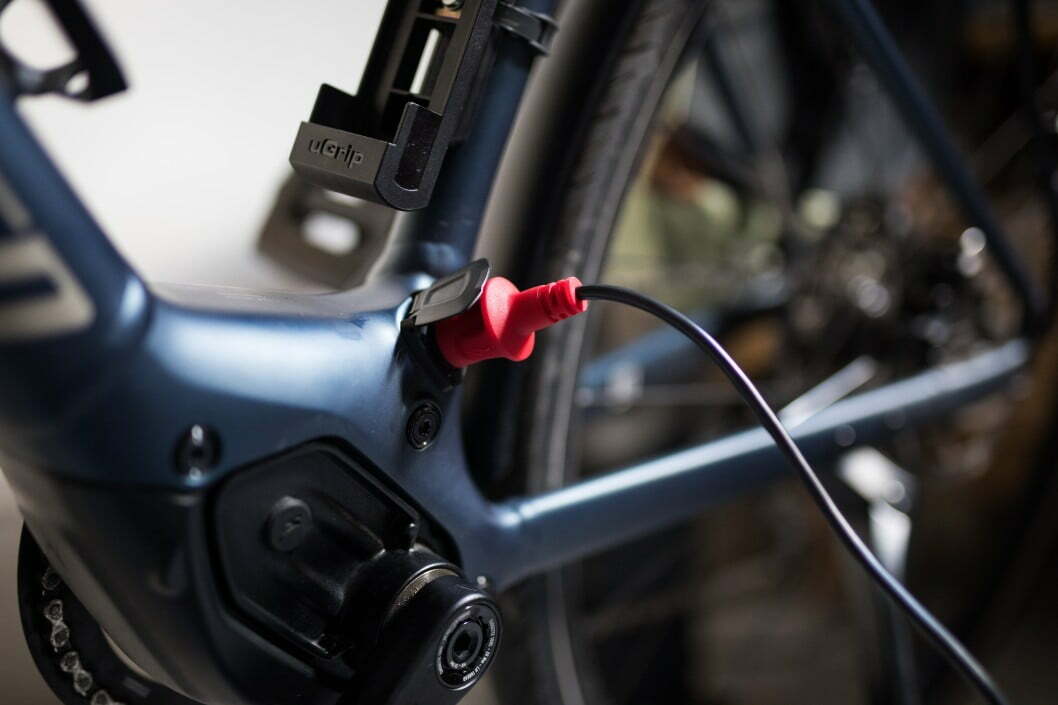
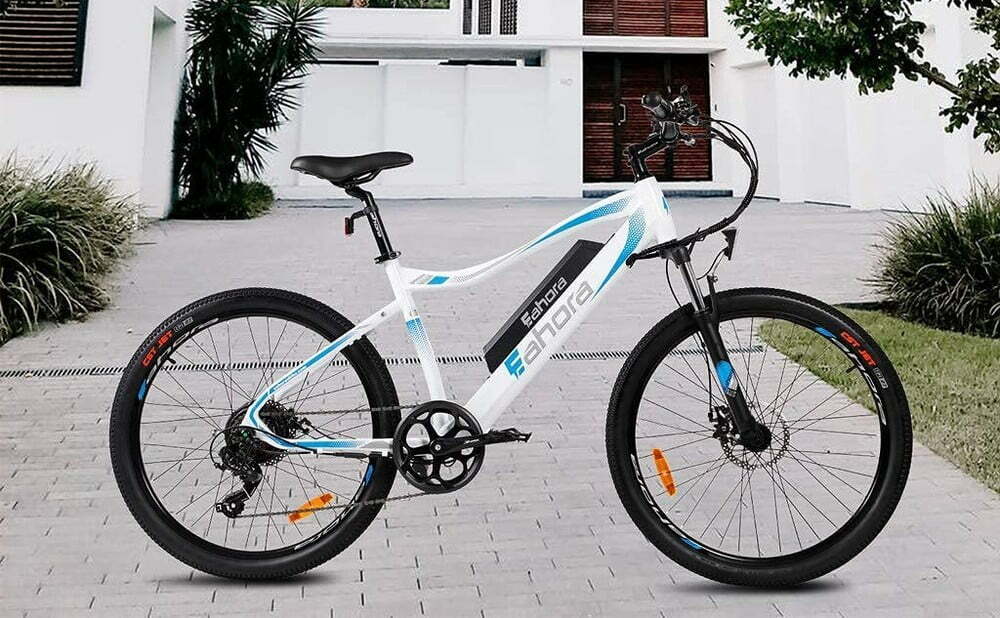
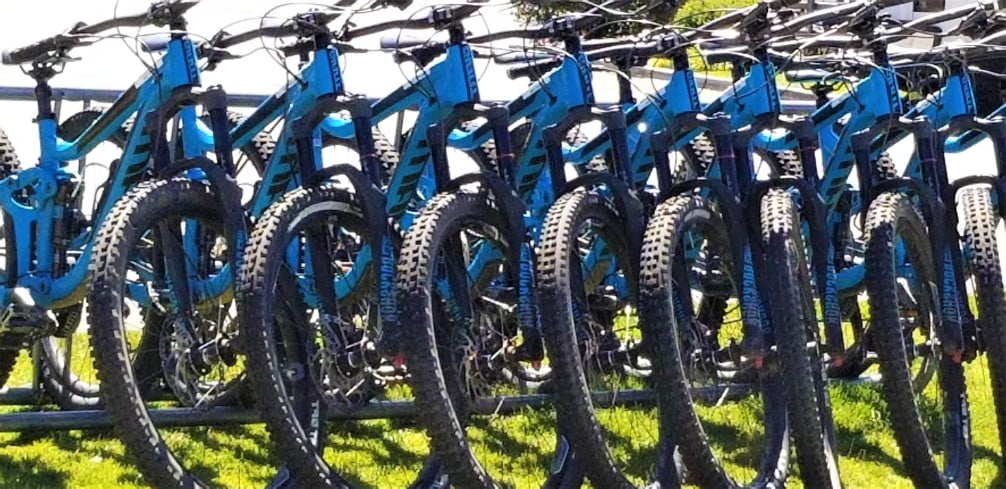

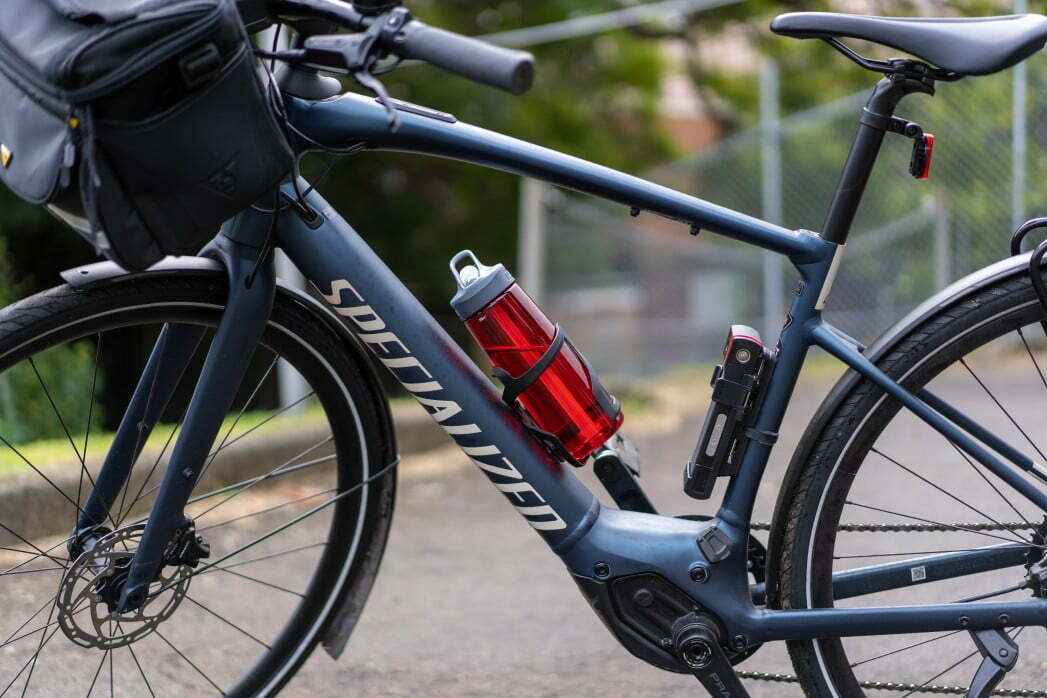
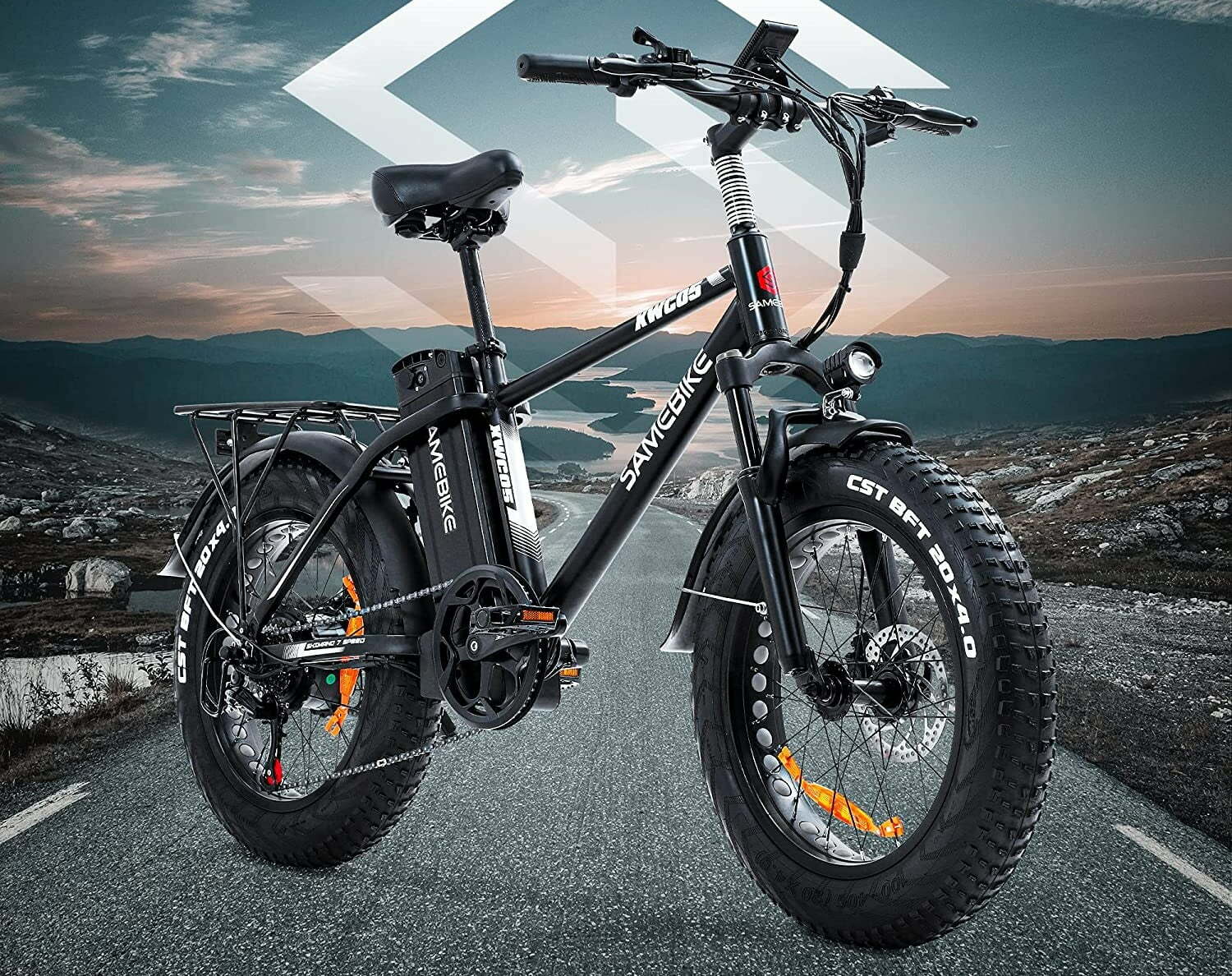
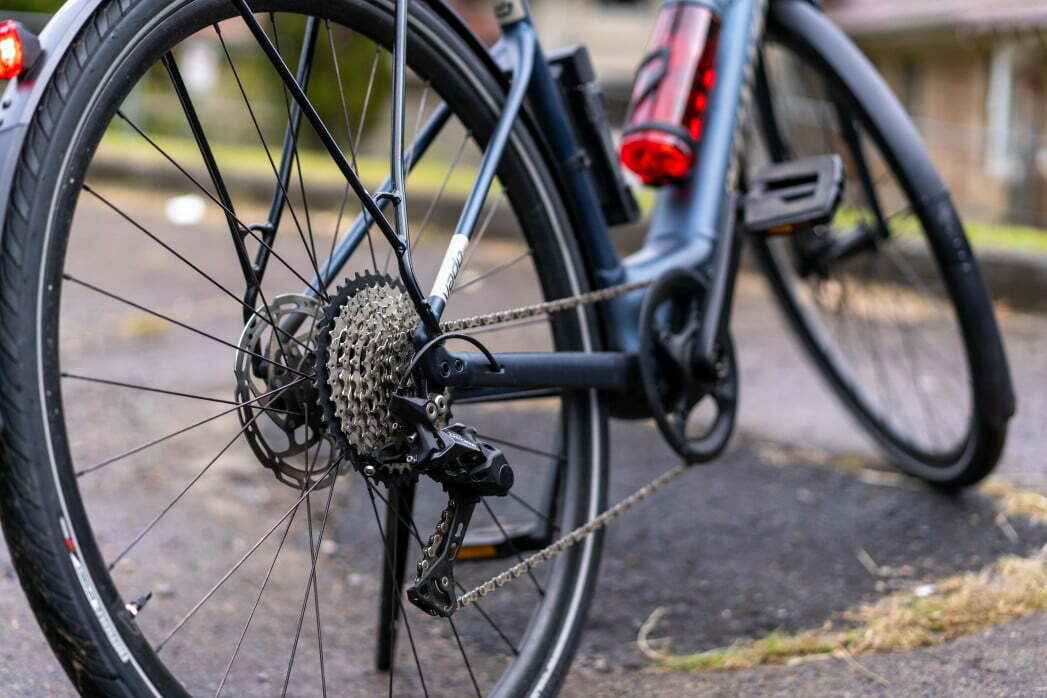
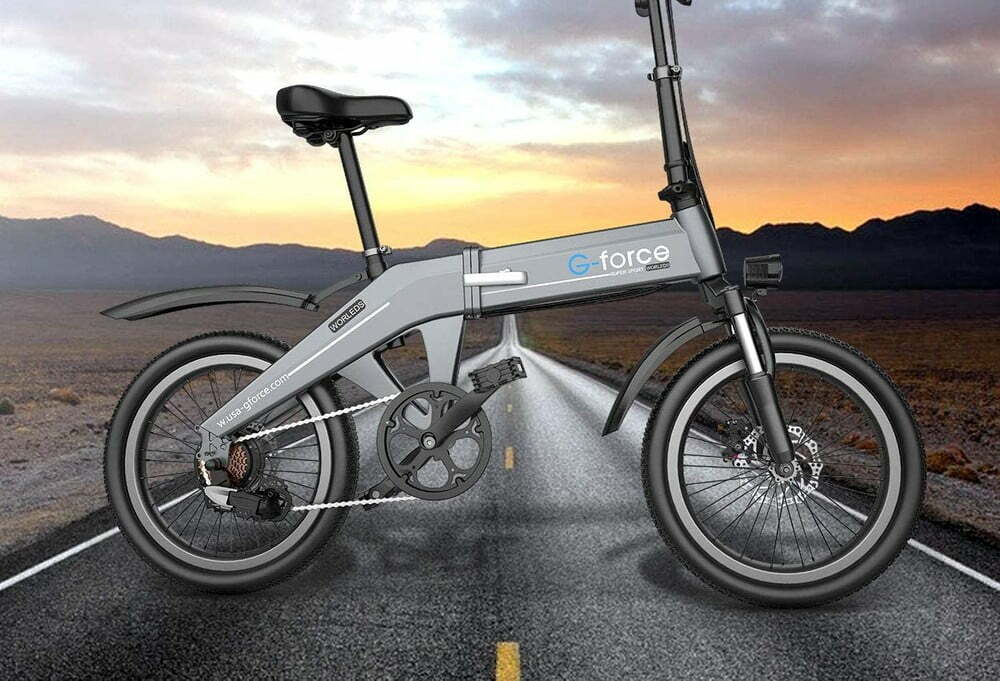
![Best Electric Bike in [year] ([month] Reviews) 27 Best Electric Bike in 2025 (December Reviews)](https://www.gadgetreview.dev/wp-content/uploads/elby-s9-750x422-1.png)
![Best Bikes in [year] ([month] Reviews) 28 Best Bikes in 2025 (December Reviews)](https://www.gadgetreview.dev/wp-content/uploads/cheapest-electric-bikes-1.jpg)
![Best Front Drive Electric Motor Bikes in [year] 29 Best Front Drive Electric Motor Bikes in 2025](https://www.gadgetreview.dev/wp-content/uploads/best-front-drive-electric-motor-bikes-image.jpg)
![Best Cannondale Electric Bikes in [year] 30 Best Cannondale Electric Bikes in 2025](https://www.gadgetreview.dev/wp-content/uploads/best-cannondale-electric-bikes-image.jpg)
![Best Luna Cycle Electric Bikes in [year] 31 Best Luna Cycle Electric Bikes in 2025](https://www.gadgetreview.dev/wp-content/uploads/Luna-Cycle-Apex-Electric-Bike.webp)
![Best Rad Power Electric Bikes in [year] 32 Best Rad Power Electric Bikes in 2025](https://www.gadgetreview.dev/wp-content/uploads/best-rad-power-electric-bikes-image.jpg)
![Best Rear Drive Motor Electric Bikes in [year] 33 Best Rear Drive Motor Electric Bikes in 2025](https://www.gadgetreview.dev/wp-content/uploads/best-rear-drive-motor-electric-bikes-image.jpg)
![Best Ebike Conversion Kits in [year] 34 Best Ebike Conversion Kits in 2025](https://www.gadgetreview.dev/wp-content/uploads/best-ebike-conversion-kit.jpg)
![Best Electric Bike Locks in [year] 35 Best Electric Bike Locks in 2025](https://www.gadgetreview.dev/wp-content/uploads/best-electric-bike-locks-image.jpg)
![Ebikes with Longest Range in [year] 36 Ebikes with Longest Range in 2025](https://www.gadgetreview.dev/wp-content/uploads/best-ebike-with-longest-range-image.jpg)
![Best Electric Bike Trailers in [year] 37 Best Electric Bike Trailers in 2025](https://www.gadgetreview.dev/wp-content/uploads/best-electric-bike-trailers-image.jpg)
![Best Bike Rack for Electric Bikes in [year] 38 Best Bike Rack for Electric Bikes in 2025](https://www.gadgetreview.dev/wp-content/uploads/best-bike-rack-for-electric-bikes-image.jpg)
![Best Electric Bike Helmets in [year] 39 Best Electric Bike Helmets in 2025](https://www.gadgetreview.dev/wp-content/uploads/best-electric-bike-helmets-image.jpg)
![Best Throttle Electric Bikes in [year] 40 Best Throttle Electric Bikes in 2025](https://www.gadgetreview.dev/wp-content/uploads/best-throttle-electric-bike-image.jpg)
![Lightest Electric Bikes in [year] 41 Lightest Electric Bikes in 2025](https://www.gadgetreview.dev/wp-content/uploads/lightest-electric-bike-image.jpg)
![Best Schwinn Electric Bikes in [year] 42 Best Schwinn Electric Bikes in 2025](https://www.gadgetreview.dev/wp-content/uploads/Electric-Bikes-image.jpg)
![Best All Terrain Electric Bikes in [year] 43 Best All Terrain Electric Bikes in 2025](https://www.gadgetreview.dev/wp-content/uploads/best-all-terrain-electric-bike-image.jpg)
![Best Cheapest Electric Bikes in [year] 44 Best Cheapest Electric Bikes in 2025](https://www.gadgetreview.dev/wp-content/uploads/cheapest-electric-bikes.jpg)
